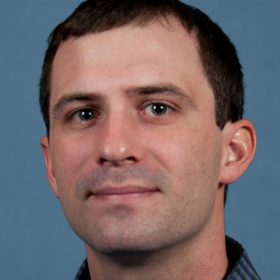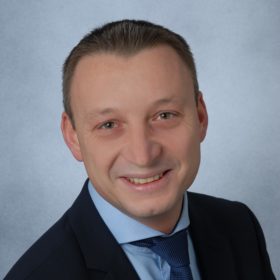We are currently seeing more and more heterojunction modules coming onto the market. So we asked Panasonic, the pioneer of this technology, to focus on reasons why HIT modules last longer and yield more than standard modules, and to explain the pros and cons.
Fewer microcracks thanks to HIT technology?
For more than 20 years, Japanese company Panasonic has been producing these high-performance modules, whose efficiency is higher than those of today’s PERC products, and offers them under the name “HIT” for heterojunction intrinsic thin film. As the initiative partner of this pv magazine webinar, Panasonic will share its experience, that prove the longevity of the products and their high yield gain.
New findings from independent scientists at the University of Central Florida’s Department of Materials Science and Engineering (UCF) suggest that heterojunction modules are also less susceptible to microcracking. In a load experiment, Panasonic’s HIT modules showed the lowest rate of damage of four module types examined. Eric Schneller, Research Scientist at University of Central Florida will introduce the study and explain how the results can be interpreted.
Andreas Thoma, Business Development Germany at Panasonic, will demonstrate how this translates into the longevity of products. We also discuss with him why this technology is currently undergoing a revival and what we can expect in the future in terms of further developments and efficiencies.
Content:
- What are heterojunction cells?
- Differences in HIT technology in production, yield and longevity
- Study on microcracks from the University of Florida
- How has HIT evolved in the past?
- What potentials exist for the future?
- Use cases for HIT modules
You can enter questions and comments into the comments window at the registration or in the chat during the webinar.


